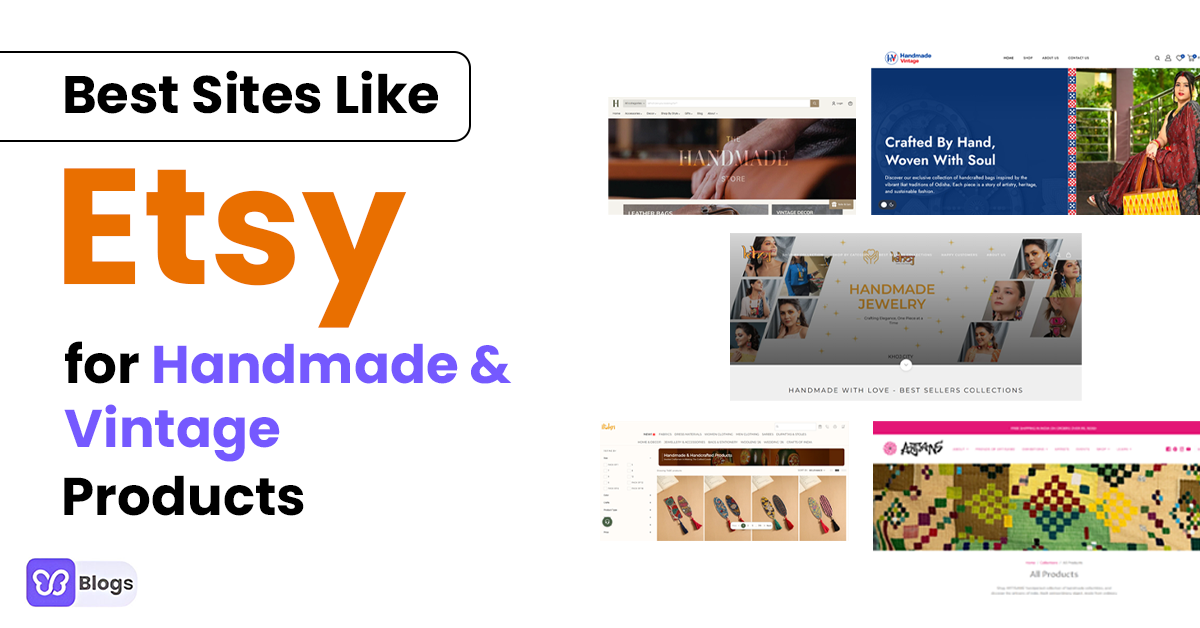Implementing agile methodologies in product development
Agile methodologies, such as Scrum or Kanban, can be valuable in streamlining product development by promoting flexibility, adaptability, and iterative progress.
Here are some key aspects of implementing agile methodologies:
1. Sprints and iterations: Break down the product development process into smaller sprints or iterations, typically ranging from one to four weeks. Each sprint focuses on delivering a specific set of features or functionality.
2. Backlog management: Maintain a prioritized backlog of tasks or user stories that need to be completed. The backlog is continuously refined and reprioritized based on changing requirements and feedback.
3. Daily stand-up meetings: Conduct brief daily meetings with the team to discuss progress, challenges, and plans for the day. These meetings foster communication, identify and address any roadblocks, and keep everyone aligned.
4. Retrospectives: Hold regular retrospectives at the end of each sprint to reflect on the team's performance, identify areas for improvement, and make adjustments to optimize the development process.
Setting up cross-functional teams and effective communication
Cross-functional teams bring together individuals with diverse skills and expertise, enabling better collaboration and problem-solving.
Effective communication is crucial for streamlining the product development process. Consider the following:
1. Team composition: Form cross-functional teams that include members from different disciplines, such as design, engineering, marketing, and quality assurance. This ensures a holistic approach to product development.
2. Clear roles and responsibilities: Define clear roles and responsibilities for each team member to avoid confusion and duplication of efforts. This clarity enables efficient task allocation and accountability.
3. Open and transparent communication: Foster an environment of open communication where team members feel comfortable sharing ideas, concerns, and progress updates. Utilize communication tools and platforms to facilitate real-time collaboration and information sharing.
4. Regular meetings and check-ins: Schedule regular team meetings, such as weekly or bi-weekly sync-ups, to discuss progress, address challenges, and align on goals. Additionally, encourage informal check-ins to maintain ongoing communication and address any immediate issues.
Managing project timelines, milestones, and deliverables
Effective project management is essential for streamlining the product development process and ensuring timely delivery. Consider the following practices:
1. Define clear project goals and objectives: Clearly define the project's scope, goals, and desired outcomes. This clarity helps in setting realistic timelines and milestones.
2. Break down tasks and set milestones: Break down the project into smaller tasks and set specific milestones or checkpoints to track progress. This allows for better monitoring and course correction if needed.
3. Use project management tools: Utilize project management tools, such as Gantt charts or project management software, to visually track project timelines, assign tasks, and monitor progress. These tools help in identifying dependencies, managing resources, and ensuring timely completion.
4. Regularly review and adjust timelines: Continuously review project timelines and milestones to assess progress and make adjustments as necessary. This flexibility allows for adapting to changing requirements or unforeseen challenges.
These strategies enhance collaboration, adaptability, and efficiency, ultimately increasing the likelihood of delivering high-quality products on time.







